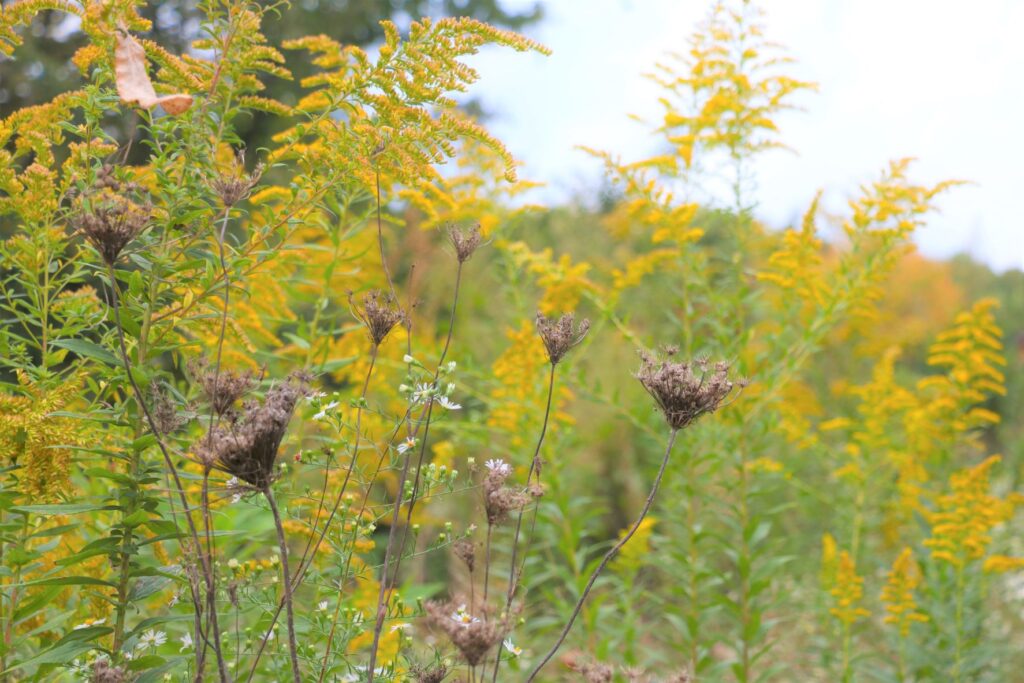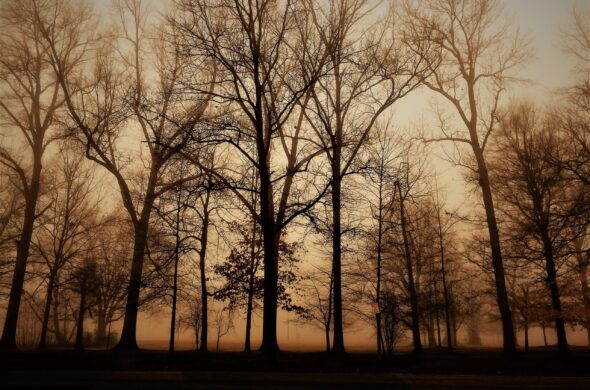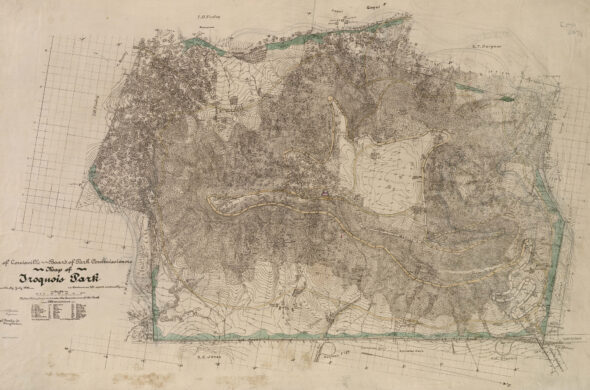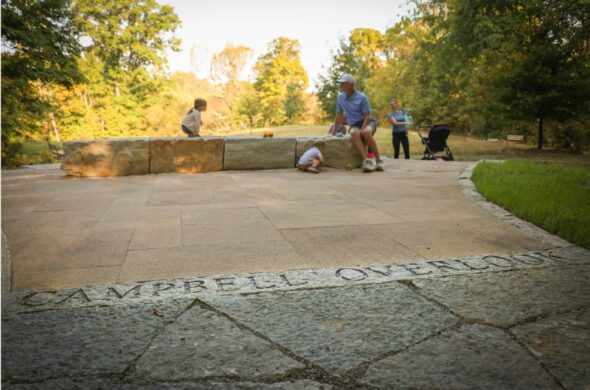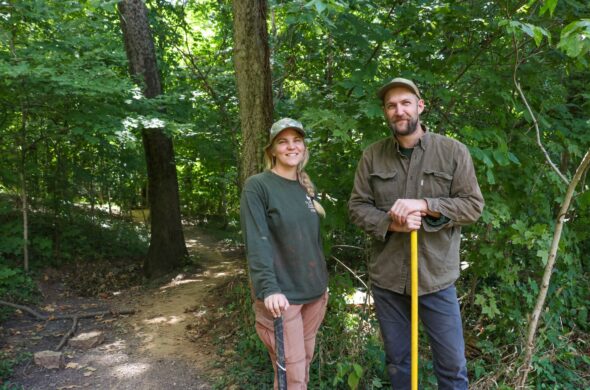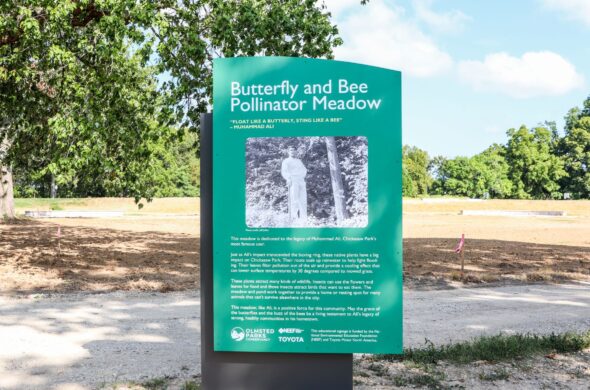As we move from late summer to early fall, the life cycle of landscape plants moves toward dormancy. You may find yourself drawn to cutting back spent flowers and cleaning up leaves. But did you know that a more relaxed approach can foster biodiversity?
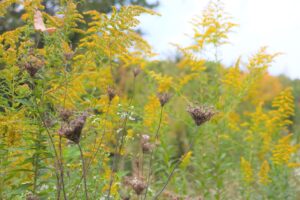
“It’s a dance of aesthetics and habitat preservation,” says Olmsted Parks Conservancy horticulturist Mary Anne Fox. “Tidying landscape beds for winter is more of an art than a science. Seed heads, while dormant, can add winter interest in the landscape. They also provide food for birds. When we do cut plants back, we leave 5-6 inches of stems where bees and other beneficial insects can overwinter.”
Mary Anne treats each landscape bed on a case-by-case basis. In the Algonquin Park pollinator garden, for example, she leaves the majority of plant material for as long as possible since the space is designed as a habitat. All landscaped beds get “tucked in” with a layer of fresh mulch to insulate the roots for the winter!
Find something similar: News
